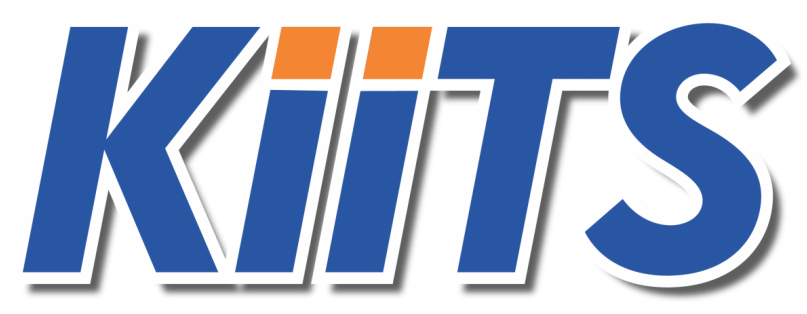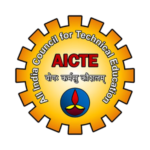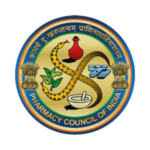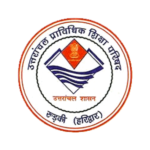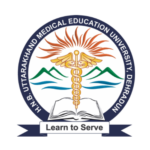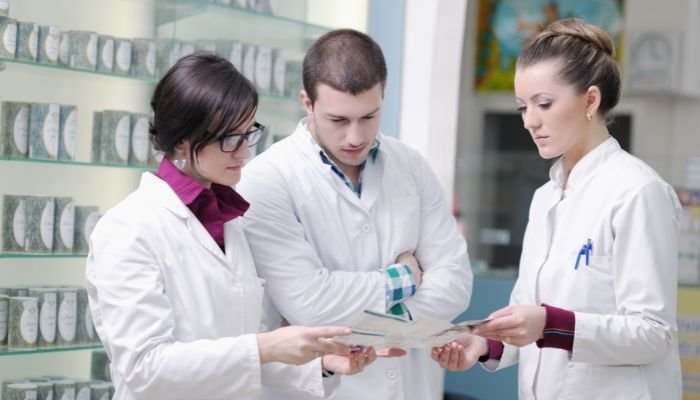Pharmacy education has evolved considerably in the years since apothecarists made their own medicines to learnings of today’s well-trained pharmacists. The need for higher education to prepare chemists for their more prominent role in the health space underpins this new development.
Historically, apothecaries
Originally, the primary health care providers were apothecaries who prepared and dispensed drugs from herbs and other natural materials. The experiences they gained were done through apprenticeships with on-the-job training being the primary educational method.
Professional Transitions during the Industrial Revolution
The Industrial Revolution reduced the necessity for traditional compounding by pharmacists by bringing about the mass manufacture of medications. A change in pharmacy education was required as a result of this transformation, with a focus on proper distribution of manufactured goods and an awareness of pharmaceutical sciences.
Developments of the 20th Century

The job of the pharmacist had changed even further by the middle of the 20th century. Because to the 1951 Durham-Humphrey Amendment, pharmacists were only allowed to prescribe and dispense over-the-counter pharmaceuticals. As a result, pharmacy education began to prioritise product safety and regulatory compliance. But in the 1980s, there was a renewed focus on clinical roles, which resulted in patient care and clinical training being integrated in educational changes.
Modern Pharmacy Education
Pharmacists are now prepared for a variety of roles in healthcare through modern pharmacist education. Comprehensive clinical training, interdisciplinary cooperation, and the application of technology in practice are now all included in the programmes. Thanks to these developments, chemists today are able to offer patients complete care, including managing medications as well as promoting good health and preventing disease.
The shift from apothecaries to contemporary pharmacists emphasises how crucial it is for pharmacy education to constantly change. Pharmacist education and training must adapt to the changing needs of healthcare in order for them to continue being essential to patients’ health and wellbeing.
History of Pharmacy

Ancient Man
About 2400 BC, in Mesopotamia (modern-day Iraq), a clay tablet contained the earliest documented prescriptions. This Sumerian manuscript explains the preparation of poultices, salves, and washes with dissolved substances in wine, beer, or milk, including mustard, fig, myrrh, bat droppings, turtle shell powder, river silt, snakeskins, and cow stomach hair.
As early as the sixth century BC, a classical Sanskrit literature on surgery called the Sushrata Samhita has the oldest documented mention of a compounded medicine. One of the founding texts of Ayurveda, or Indian traditional medicine, is this treatise.
But pharmacy’s history goes considerably further back. Humans have watched nature and utilised plants as medicinal tools since prehistoric times. This method established the groundwork for the future field of pharmacy.
Western Culture

Early in the 17th century, the first guild of chemists was formed in Western culture. The so-called apothecaries were essential to the medical field. Thanks to Edward Parrish of the American Pharmaceutical Association, apothecaries in the United States gained the title of chemist in the 19th century. As reputable community healthcare professionals, chemists manufactured and prescribed medications until the 1950s.
The Federal Food, Drug, and Cosmetic Act of 1938 was amended in 1951 by the Durham-Humphrey Amendment, which altered the function of the chemist. Now, chemists could only recommend over-the-counter drugs; they had to concentrate more on writing prescriptions and making sure products were safe.
A drive to increase the role of chemists in therapeutic settings started in the 1980s. By 2003, chemists were once again able to counsel patients on prescription and over-the-counter drugs thanks to the Medicare Prescription Drug Improvement and Modernization Act.
The job of the modern chemist is still expanding, and evaluating patients is becoming more and more crucial. In order to prepare chemists for the issues facing healthcare today and to maintain their crucial role in patient care, modern pharmacy education now places a strong emphasis on patient-centered care.
Modern Pharmacist Education
1920s: Convert to Degrees
Three- and four-year degrees being accepted as the standard for pharmacy education.
Short courses in the past become outdated.
The Early Twentieth-Century Pharmaceutical Curriculum
American Association of Colleges of Pharmacy (AACP) established this.
uniform degree programmes.
Essential Content for a Pharmacy Education Programme (1927)
Curriculum revisions based on demands of the pharmacy industry.
Focusing on topics linked to practice, the fundamental sciences, and retail pharmacy settings.
Excluded illness diagnosis and treatment in order to prevent prescription counterfills.
Commercial and merchandising elements were reluctantly added.
Accreditation Council for Pharmaceutical Education (ACPE, 1932)
First national guidelines were established for the accreditation of pharmacy degrees.
64 of the 67 colleges had implemented a four-year degree requirement by 1941.
The 1946 Pharmaceutical Survey
The American Council on Education ordered it.
The conflict between pharmacists’ role as product distributors and their status as medical experts.
Suggested a six-year curriculum for a doctor of pharmacy to ensure thorough instruction.
Met resistance; discussion produced modifications in the 1950s.
Since the 1920s, community pharmacies in America have gradually improved their professional status by altering pharmacy practice and education. Four eras can be distinguished in the history of American community pharmacy in the modern age: the soda fountain era (1920–1949), the pharmaceutical care era (1980–2009), the post–pharmaceutical care era (2010–present), and the lick, stick, pour, and more era (1950–1979). Community pharmacy executives have worked to refocus attention from products to patients as demand for traditional compounding has decreased. Pharmacists are now better equipped to offer patient care services unrelated to medicine dispensing because to expanded degree requirements and postgraduate training. Nevertheless, idealised conceptions of patient-cantered community pharmacy practice have frequently not met the demands of actual practice.
Opportunities for modern pharmacists to offer patient care may increase throughout the 21st century, according to positive developments in the understanding of the impact of pharmacists on the value of healthcare and the need for more effective drug management. The belief in the therapeutic potential of natural materials has been paired throughout history with those whose job it was to turn these medicinal products into effective medications. This conventional role of pharmacy started to change during the 1800s. During the Industrial Revolution, pharmaceuticals—many of which had previously been created by pharmacists—were mass-produced.
New medications were also being found that were difficult to obtain from conventional Materia medica. Pharmacy merchandising grew as customised items started to take the role of previously manufactured products by pharmacists and traditional compounding diminished. The American community pharmacy industry experienced a crisis of professionalism as a result of this dissolving of established roles, which forced the industry to reconsider its place in society. In the United States, this signalled the start of the contemporary era of community pharmacy.
